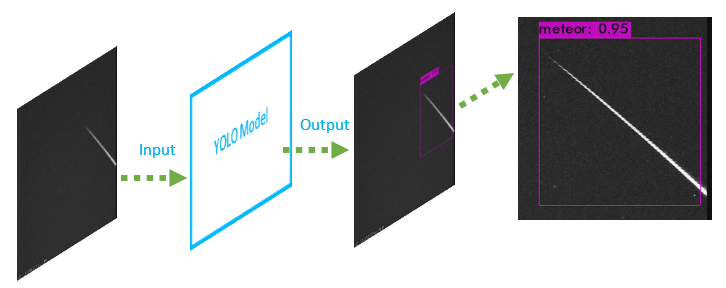Space Artificial Intelligence Laboratory
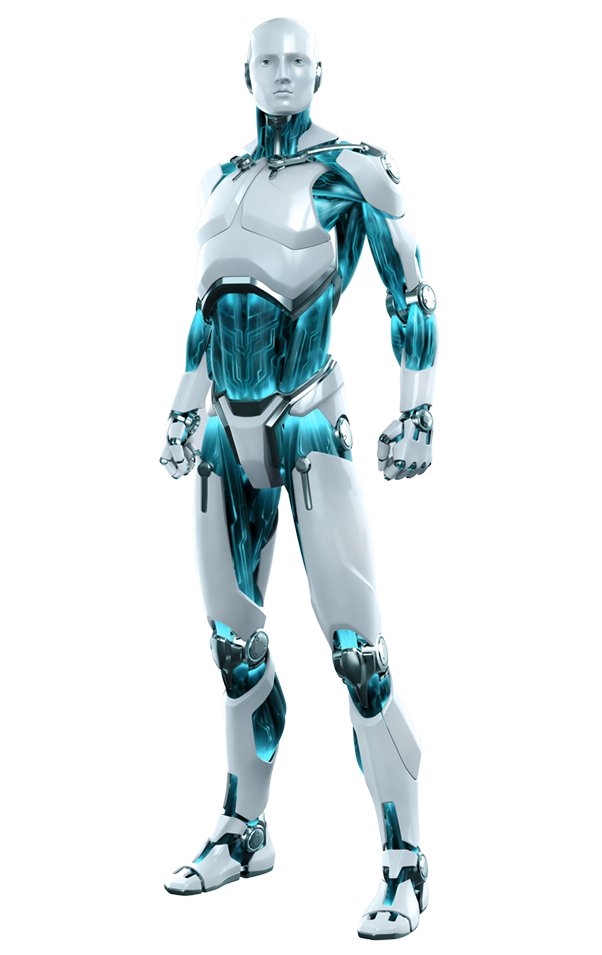
S A I L

Main Objectives
- Develop Artificial Intelligence and Machine Learning algorithms that could be integrated for other SAASST labs.
- Promote multidisciplinary projects that involve the field of computer science with space sciences and astronomy.
- Engage students and build their capabilities in terms of developing algorithms.
SAIL Research Focus
Description
SAIL was established to conduct research in the interdisciplinary field of artificial intelligence and astronomy. Under this laboratory, Machine Learning algorithms are developed for various purposes that serve other projects and laboratories
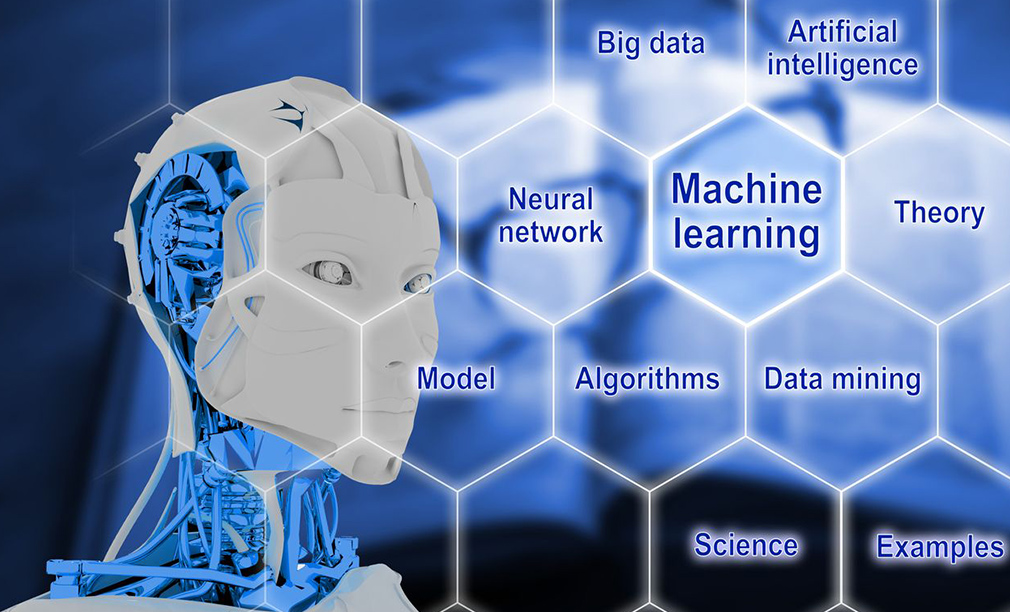
Deep Learning Algorithms for Recognizing Meteorites from Terrestrial Rocks
SAASST developed a deep learning algorithm, a subfield of machine learning, to distinguish meteorites from earthly rocks. This is achieved by training the model on the meteorite collection at SAASST and rock collected from the surrounding area. The model is then deployed on a small, powerful computer and carried by a drone to scan a given area and a compatible camera. This process is done onboard and off-board as well.

Amplitude Scintillation Forecasting using Machine Learning Algorithms
In collaboration with the Space Weather and Ionospheric Laboratory, this project was initiated to solve the problem of forecasting the severity of spatially and temporally allocated amplitude scintillation values. This was done by solving a 3-class classification problem using ML methods to predict weak, moderate, and severe scintillation.
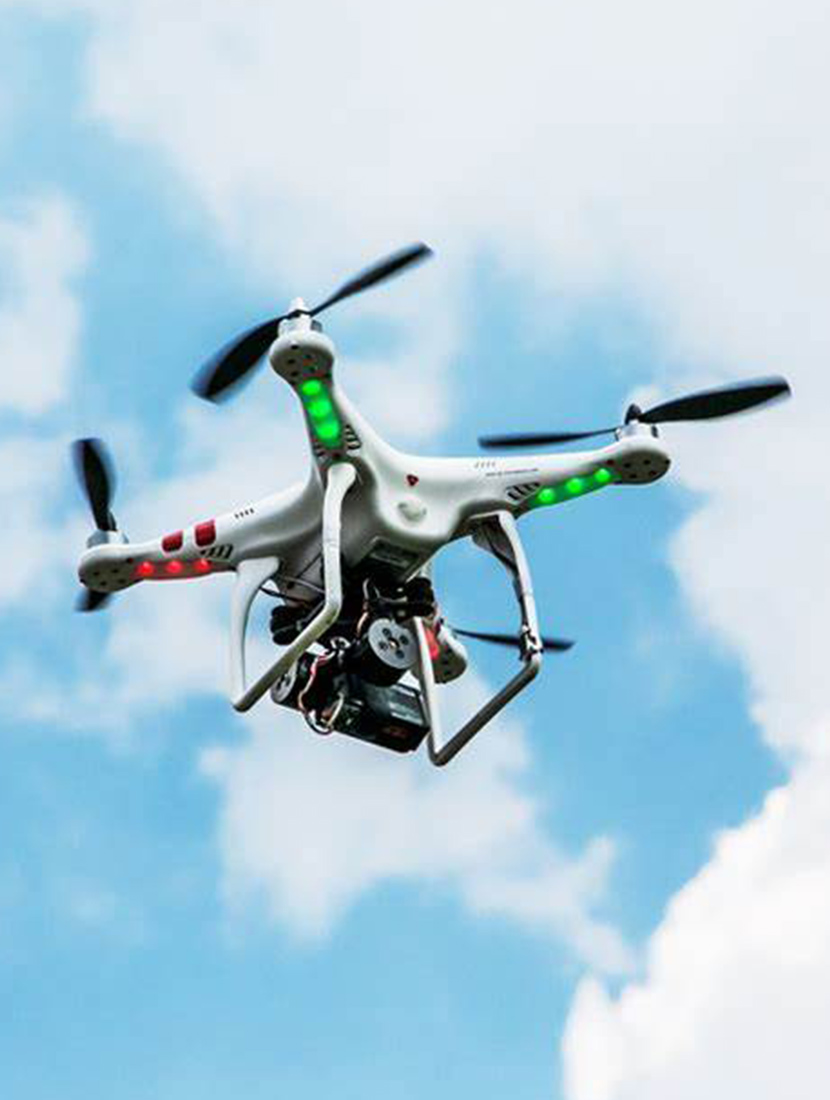
Detecting Meteors using Machine Learning Algorithms
Because the UAEMMN project at the “Meteorite Center” detects meteors and other objects like airplanes, insects, and light sources, the recorded files contain tremendous false detections. Therefore, an object detection algorithm known as “YOLO” (You Only Look Once) was developed to detect objects in an image and classify them as meteors or not. Simultaneously, another simpler deep learning model was developed to automate the process of filtering files coming from the UAEMMN towers. In this method, a masked image from the tower is converted to black and white, then passed on to the model for classification, and finally stored in a folder.
Current project “YOLO” (You Only Look Once)
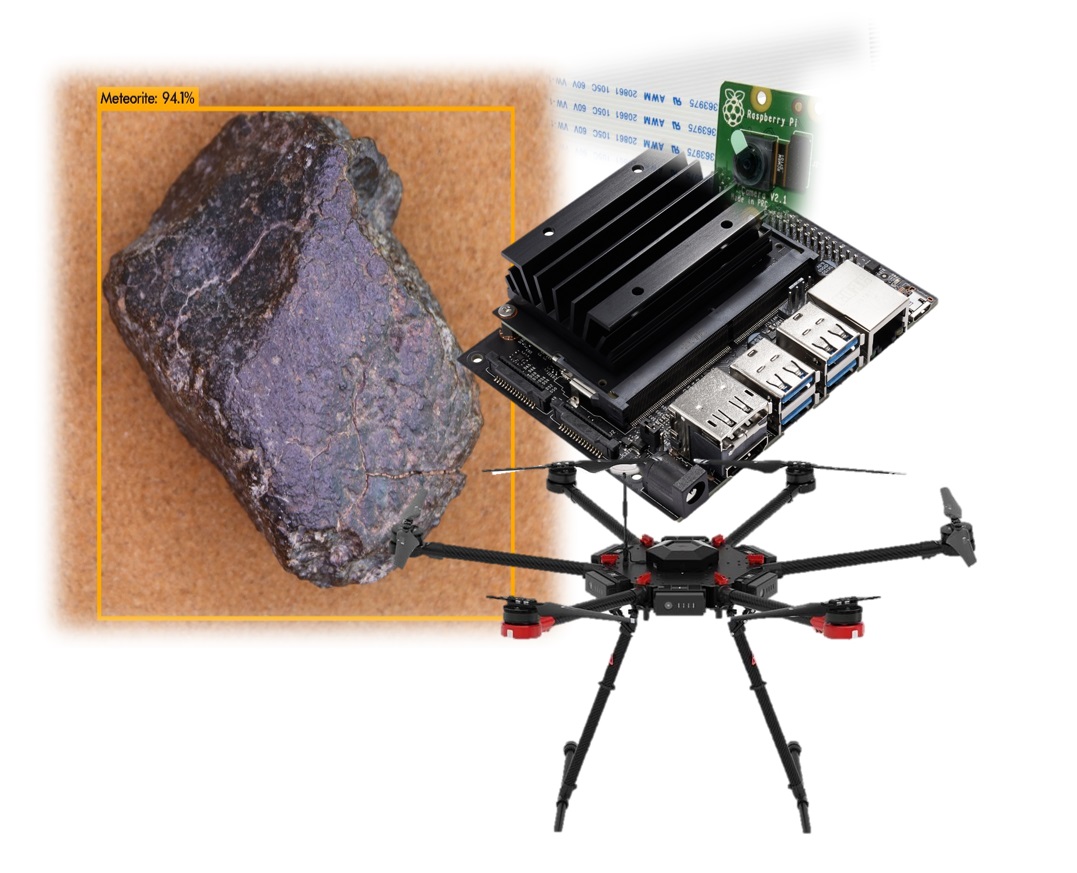
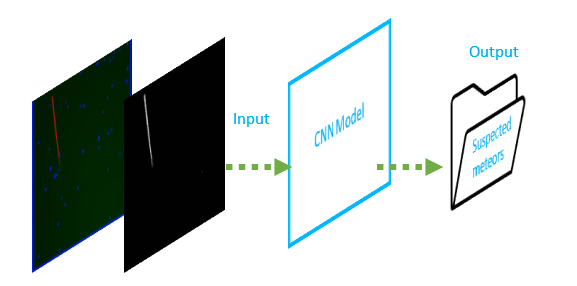
Meteorite Recognition System
